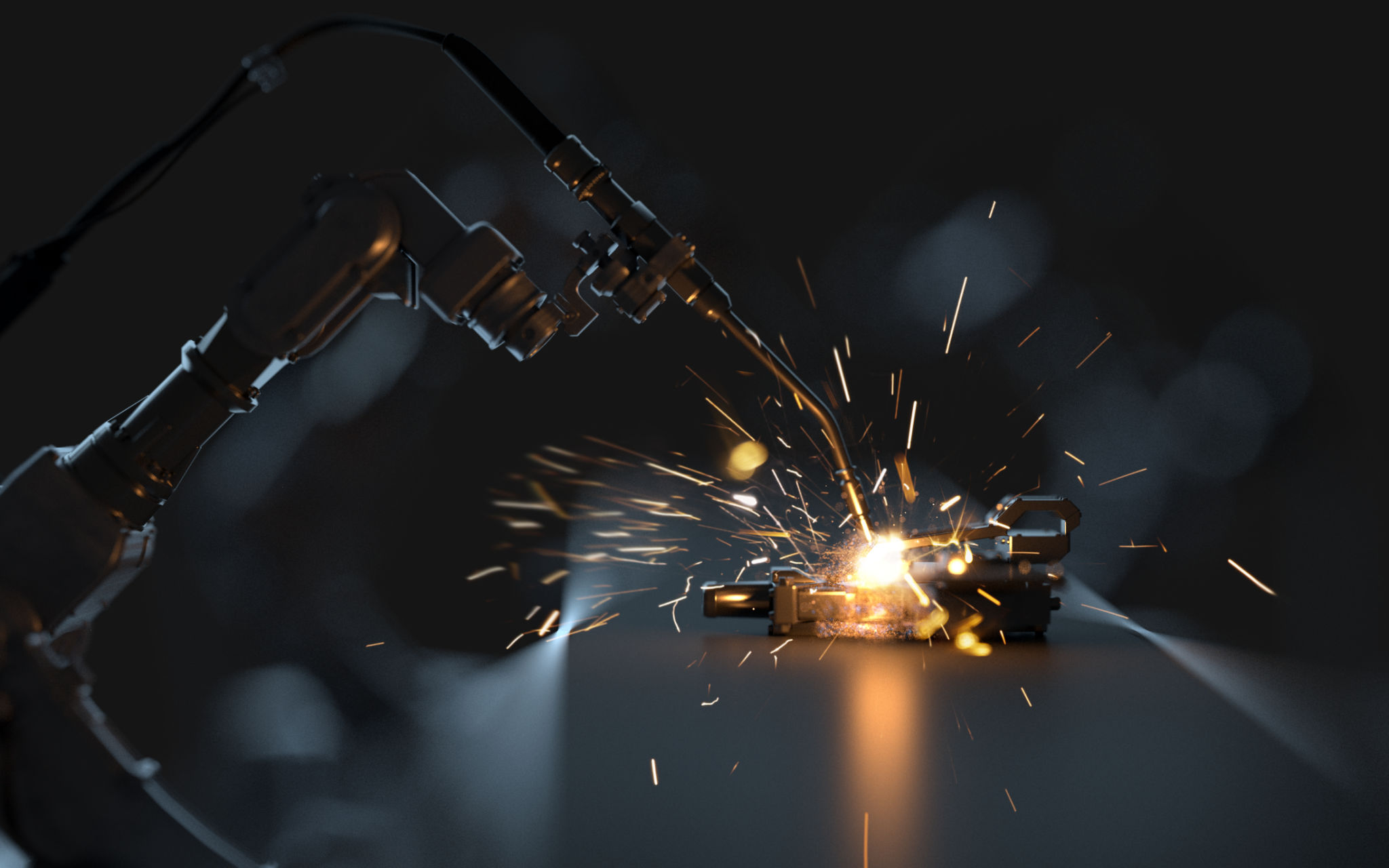Expert Insights: The Future of Welding Technology and Trends
Introduction to the Evolving World of Welding
Welding technology has undergone significant changes over the past few decades, and the industry continues to evolve at a rapid pace. As we look to the future, these advancements are set to transform the way welding is performed, offering increased efficiency, safety, and precision. In this post, we delve into expert insights on the future of welding technology and emerging trends that are reshaping the industry.

Automation and Robotics in Welding
One of the most significant trends in welding technology is the rise of automation and robotics. Automated welding systems are becoming increasingly popular due to their ability to perform repetitive tasks with high precision and consistency. This trend is expected to continue, with more industries adopting robotic welding systems to enhance productivity and reduce human error.
Robotic welders are particularly beneficial in industries where high-volume production is crucial, such as automotive manufacturing. These systems not only improve efficiency but also ensure a higher level of safety by reducing the need for human workers to be in close proximity to hazardous environments.

Advanced Materials and Techniques
Another area where welding technology is advancing is in the development of new materials and techniques. With the continuous emergence of advanced alloys and composites, welders must adapt to new methods that can effectively join these materials without compromising their integrity.
Techniques such as laser welding and friction stir welding are gaining traction as they provide solutions for working with complex materials. These methods offer benefits like reduced distortion and improved joint strength, making them ideal for aerospace and other high-precision industries.
The Role of Artificial Intelligence
Artificial Intelligence (AI) is playing an increasingly vital role in the future of welding technology. AI-driven systems can analyze data in real-time to optimize welding parameters, ensuring consistent quality and minimizing defects. This capability is particularly valuable in sectors that require stringent quality control standards.

Moreover, AI-powered predictive maintenance tools are helping companies prevent costly downtime by identifying potential equipment failures before they occur. This proactive approach not only extends the lifespan of welding machinery but also enhances overall operational efficiency.
Sustainability and Environmental Considerations
As industries strive to become more environmentally friendly, sustainability is becoming a key focus in welding technology. Innovations aimed at reducing energy consumption and emissions are gaining attention. For instance, energy-efficient welding machines and processes that minimize waste are being developed to support these goals.
Additionally, there is a growing emphasis on using eco-friendly consumables and materials that have a lower environmental impact. These efforts align with global initiatives to reduce carbon footprints across all sectors, ensuring a greener future for welding technology.

Conclusion: Embracing Change
The future of welding technology is bright, with numerous advancements poised to revolutionize the industry. From automation and AI integration to sustainable practices, these trends are set to redefine how welding is performed across various sectors. By staying informed about these developments, industry professionals can better prepare for the changes ahead and leverage new opportunities for growth and innovation.
As we embrace these technological advancements, it is crucial for welders and manufacturers to invest in continuous learning and adaptation. This approach will ensure they remain competitive in an evolving landscape, ready to harness the full potential of future welding technologies.
